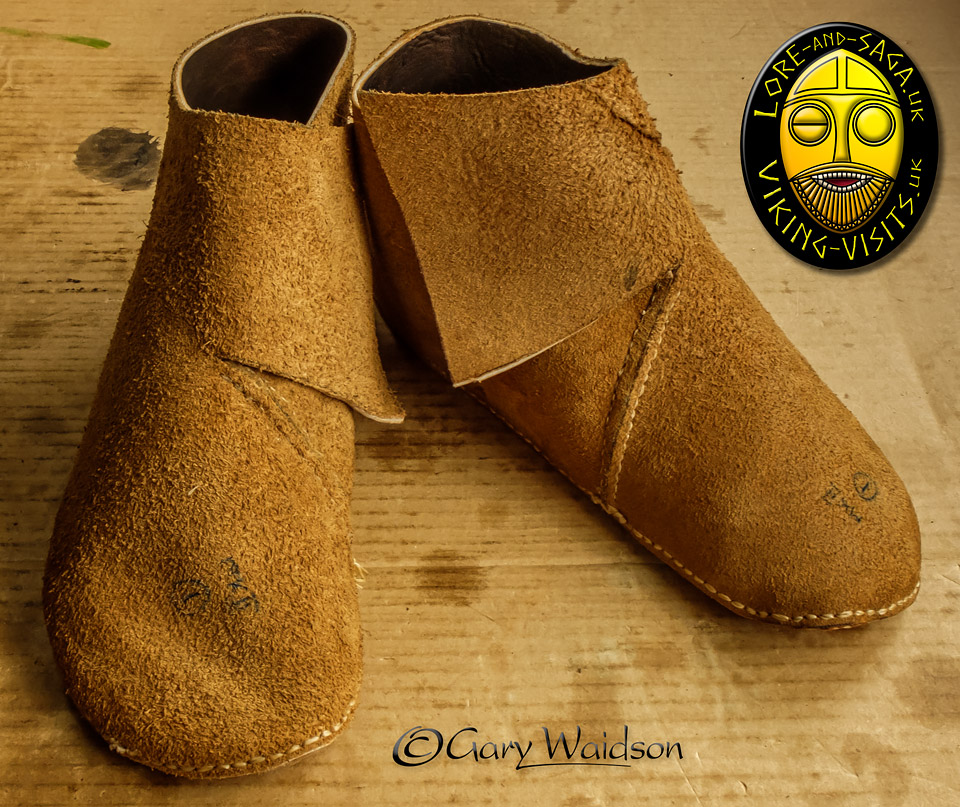
That is all the internal seams complete then so it is time to chuck them in a bucket of water to soak for a couple of hours to soften the leather before turning them.
Last edited:

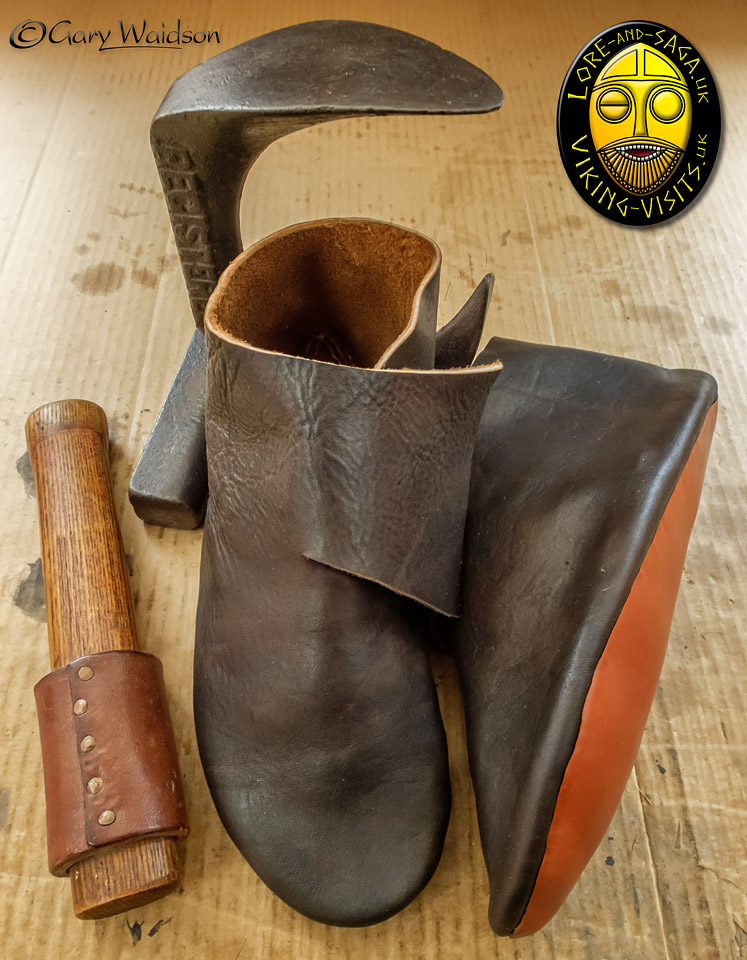
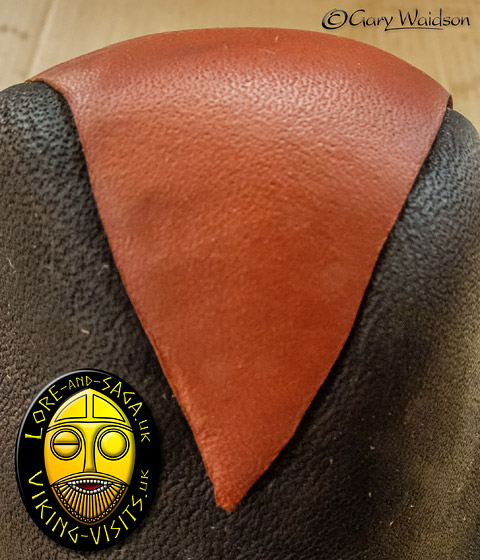
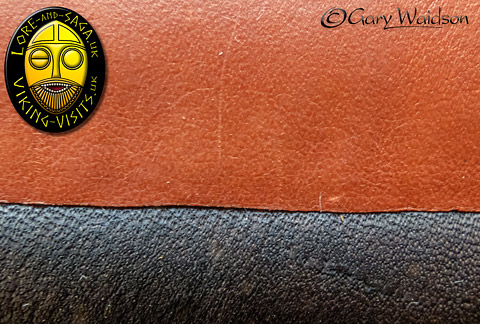

Those look really comfortable Gary and I've enjoyed following their construction both on here and your posts on FB. What's amusing is I remember you making your last pair at the moot
Thank you for sharing their construction with us.
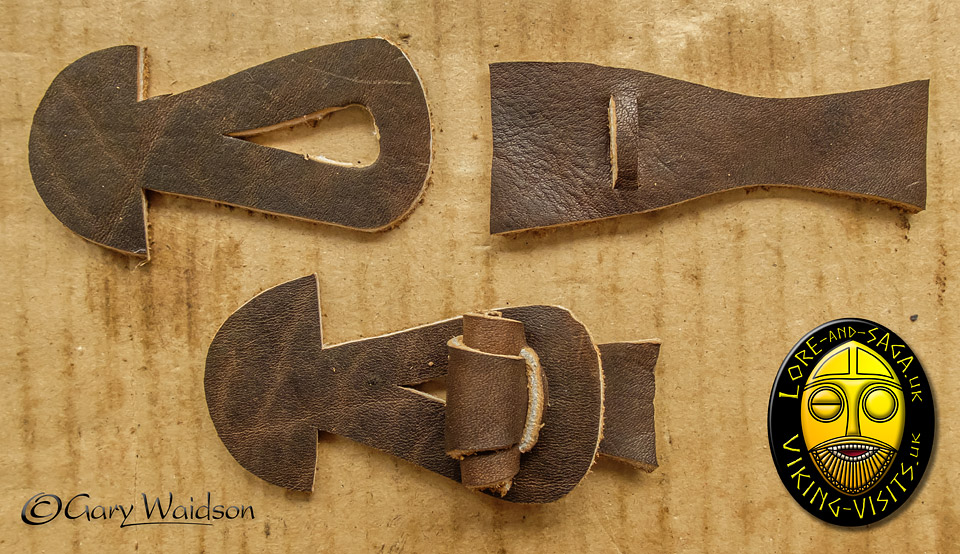
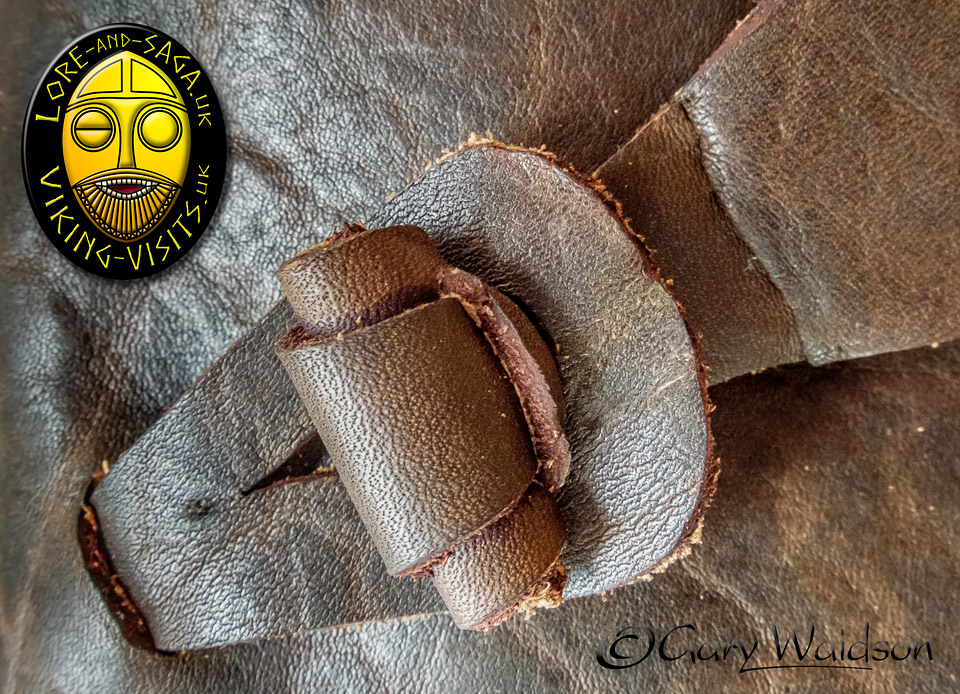
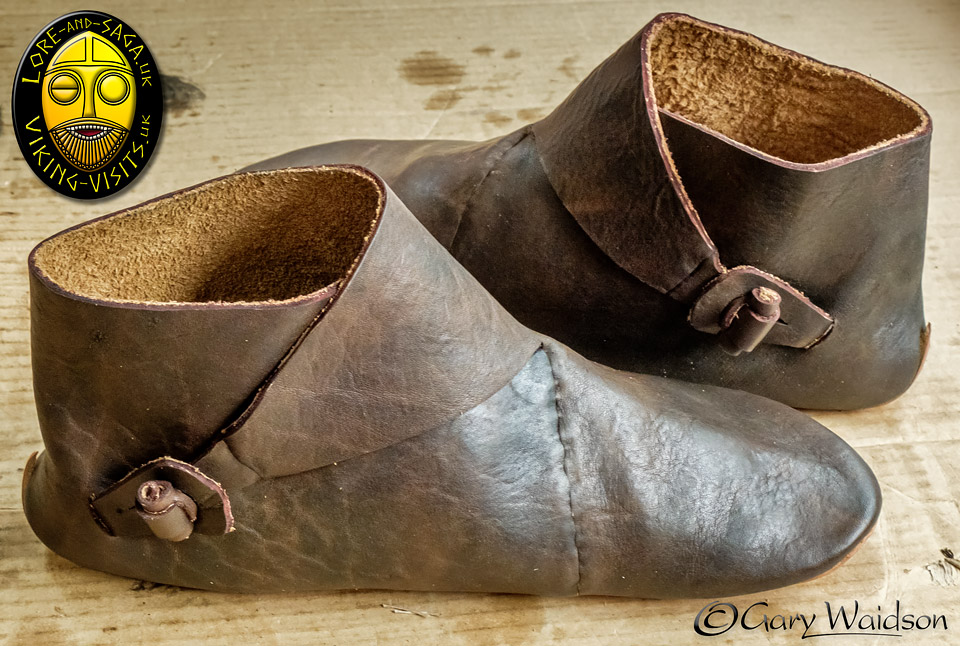
Great, thank you. Need to get to the local leather stockiest and see what they've got in their off cuts bin next weekMy first pattern was made by drawing round my foot, adding a point on the back for the heel and then dead reckoning the shape of the top by measuring the edges of the sole.
That worked to some degree but needed a few nips and tucks in the finished shoe to get a good fit.
When the sole of Mk.I gave up I was able to take it apart and modify the design for Mk.II.
Not an easily repeatable process I'm afraid.
If I was starting from scratch now with twenty years more experience I would probably start with a sole unit and then tape it to my foot with masking tape.
Build it up with more tape until you could draw out the seams and then cut it to make a template.
